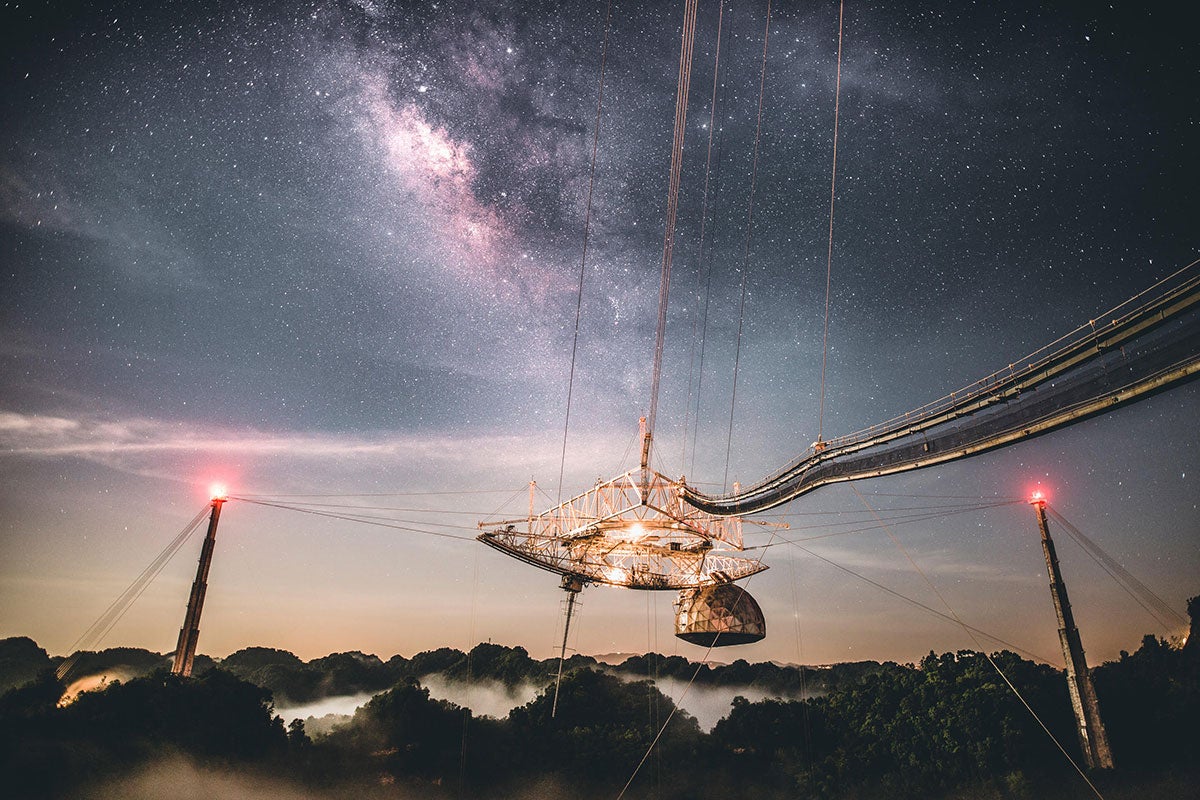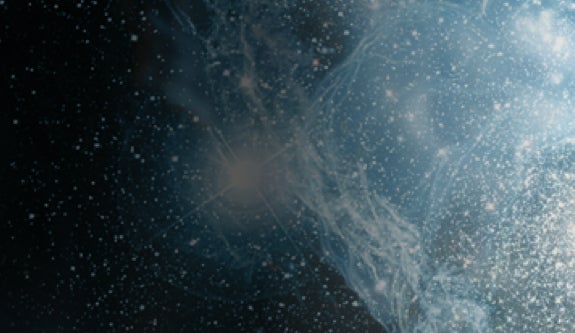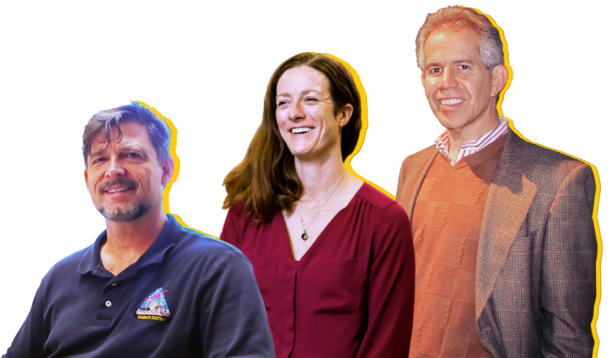From California to Puerto Rico, communities this week are remembering the 50th anniversary of the Apollo 11 mission, which put the first American on the moon.
The Griffith Observatory in Los Angeles is hosting a week of events including on July 17, a panel discussion with some of the engineers who designed the Lunar Decent Engine that made it possible to land astronauts on the moon. The City of Cocoa Beach held an astronaut parade this past weekend and the Kennedy Space Center will participate in a live national broadcast that NASA is hosting on July 19. Visitors to the KSC’s visitor’s center are invited to watch the behind-the-scenes filming from 1-3 p.m with paid admission. That’s in addition to a Duran Duran concert in the Rocket Garden (separate admission price) and hosting the U.S. Postal Service as it unveils two commemorative stamps.
At the Arecibo Observatory in Puerto Rico, which UCF manages, visitors will have the opportunity to do some stargazing during an evening program on July 20. From 6-11:30 p.m. visitors will be able to participate in a host of activities including:
- Hands-on children activities
- Screening of the Smithsonian’s The Day We Walked on the Moon
- a talk by Eddie Irizarry, vice-president of the Caribbean Astronomical Society
- an opportunity to see the moon and other space views through telescopes set up for the event.
The program is part of the Angel Ramos Foundation Science & Visitor Center at the observatory.
Like UCF, which helped support the early days of the KSC and its missions, Arecibo has its own connection to the moon.
Arecibo is home to one of the largest and most powerful radio telescopes in the world. Scientists from around the globe use the facilities to conduct research in a variety of areas from atmospheric science and planetary science to asteroid characterization and radio astronomy. Arecibo transmits a radio signal to the moon and NASA’s Lunar Reconnaissance Orbiter, which was launched in 2009, picks up the echoes. Variations in those echoes help scientists to better understand the different types of lunar terrains and to search for the presence of water ice on the Moon.
The orbiter spent the first three years in a low polar orbit collecting detailed information about the moon and its environment. Since then, the orbiter transitioned to a stable elliptical orbit. With seven instruments onboard, the spacecraft continues to collect data about the moon, making it an invaluable contributor to our knowledge about our closest neighbor, according to NASA.
Scientists at Arecibo and at UCF are exploring ways they may be able to use this connection to conduct studies about the properties of the moon and the nature of the water found underneath its poles.
For those not on the Space Coast or in Puerto Rico, tune into WUCF radio at 89.9 FM. It will be playing space-themed music all day on July 20 to conclude WUCF radio and television events dedicated to Apollo 11, which began in June.







